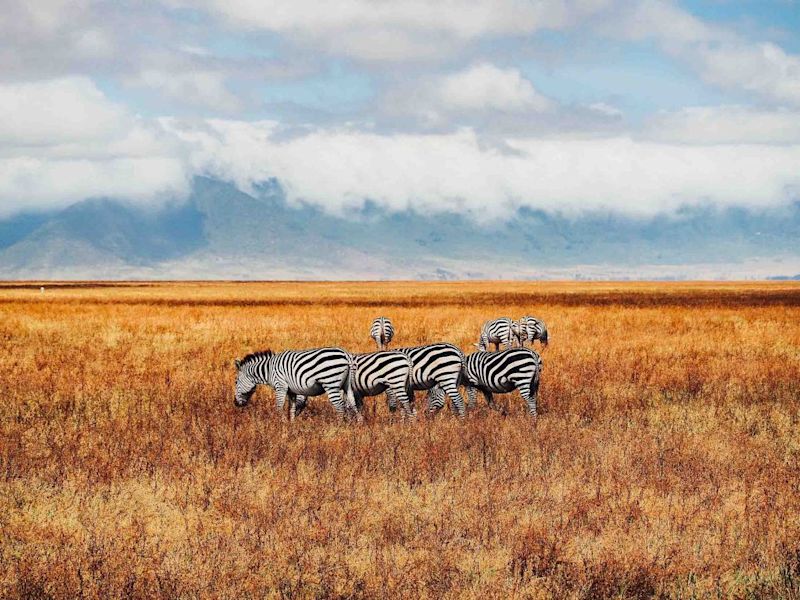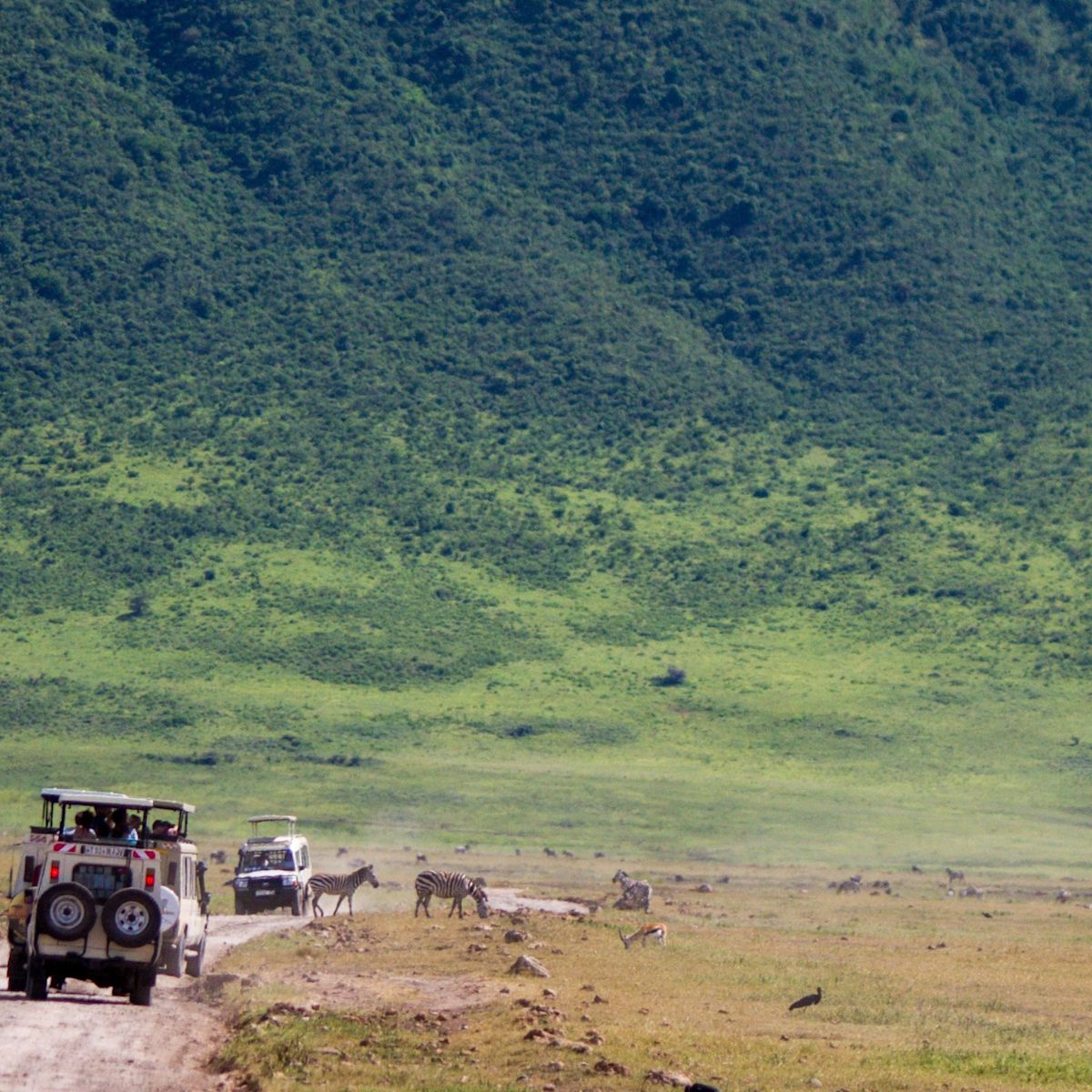
Ngorongoro Crater – the world's eighth natural wonder
Ngorongoro Crater is a beautifully untouched and well-preserved natural phenomenon that has become a sanctuary for all kinds of wildlife. Some argue that it's uniqueness and impressive nature should even make it the world's eighth natural wonder!
Ngorongoro Crater has the rare black rhino as well as a dizzying abundance of other spectacular wildlife.
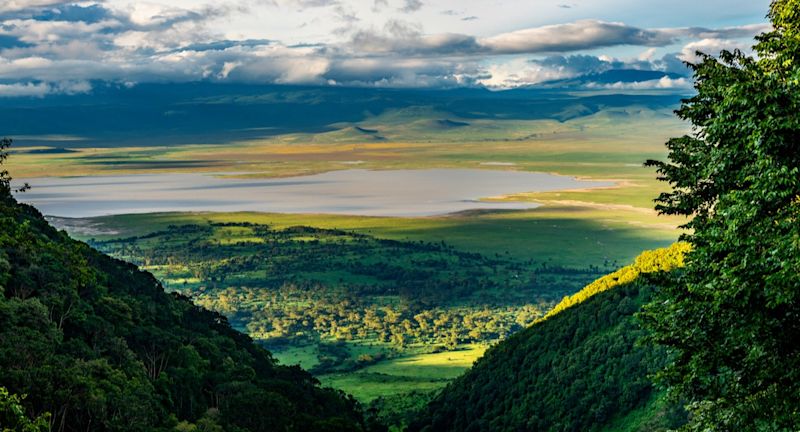
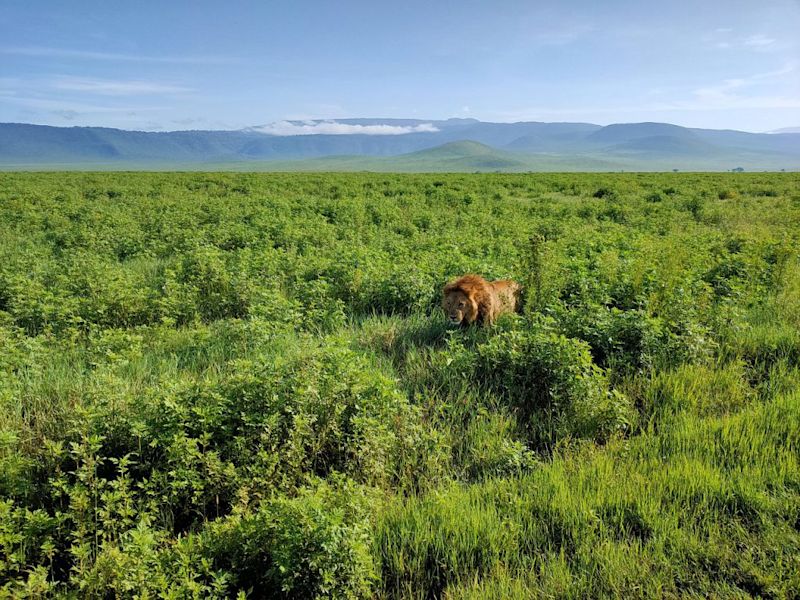
What is Ngorongoro Crater?
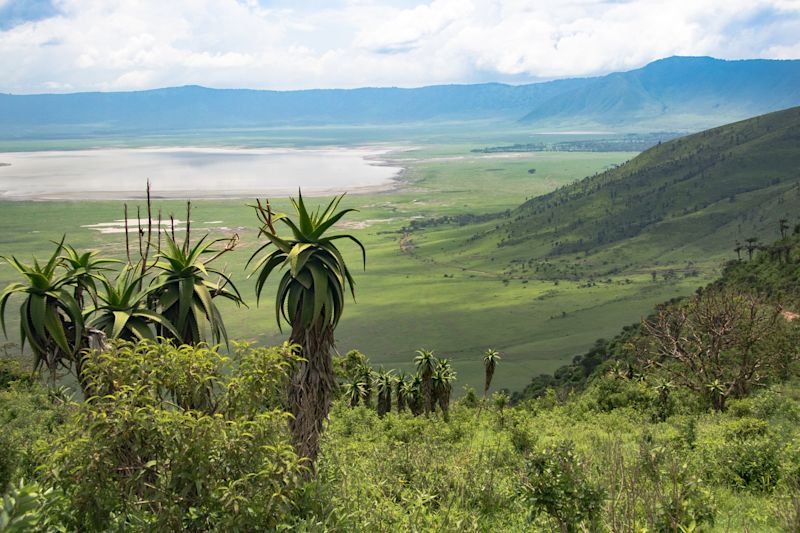
Where is Ngorongoro Crater?
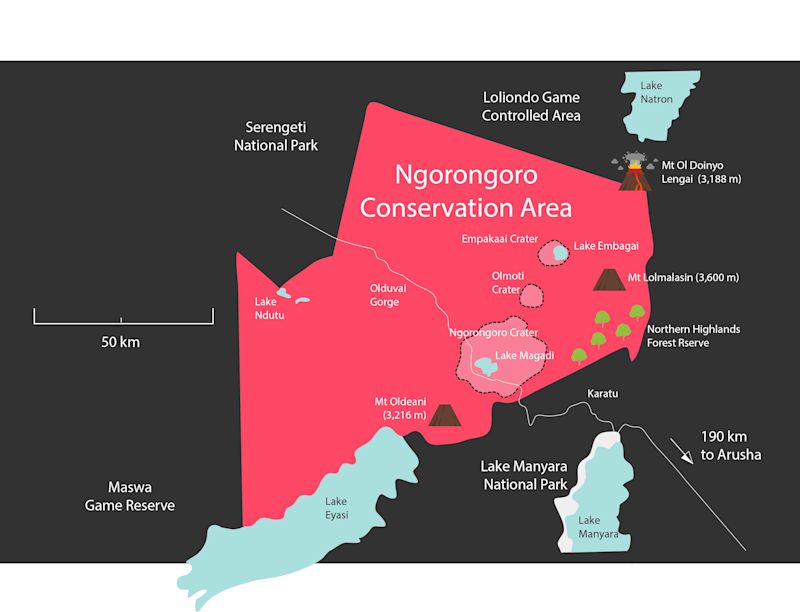
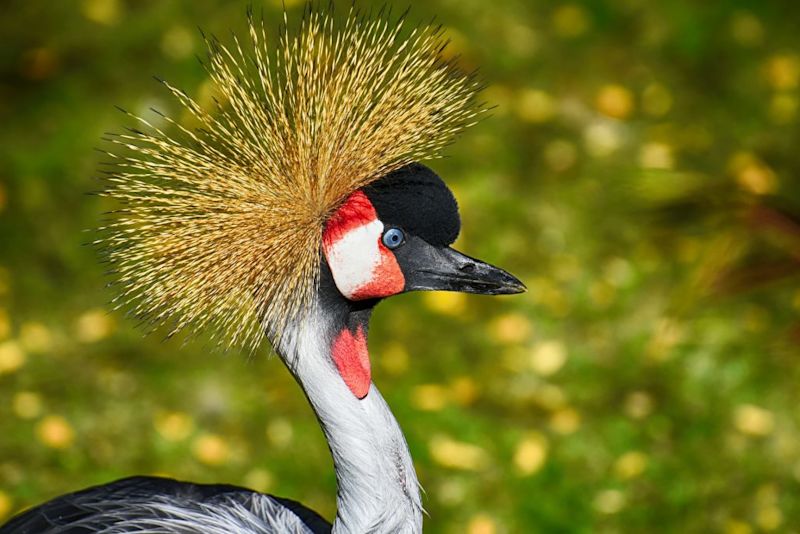
Ngorongoro Conservation Area
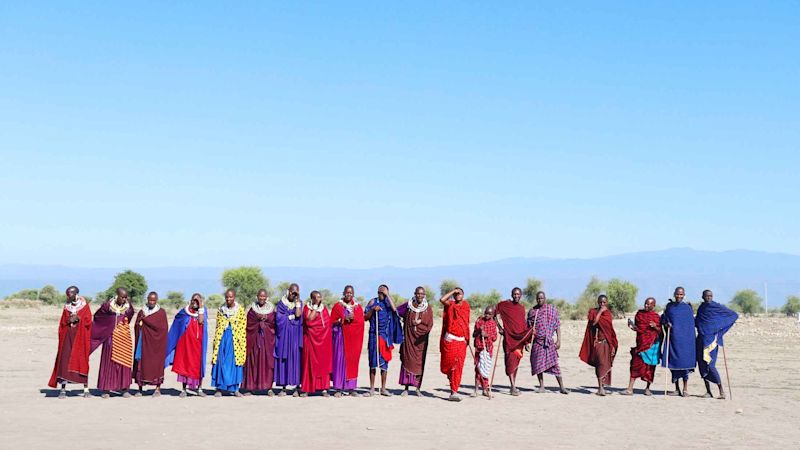
Ngorongoro has been dubbed by some as the eighth wonder of the world, and we think they're onto something!
Amazing wildlife of Ngorongoro Crater
African bush elephants African civets African lions Baboons Bat-eared foxes Black rhinos Black-backed jackals Blue wildebeests Cape buffaloes Caracals Cheetahs Elands Fruit bats Grants's gazelles Gnus Golden jackals Grant's zebras Hartebeests Hippos Leopards Mountain reedbucks Serval cats Spotted hyenas Thomson's gazelles Warthogs
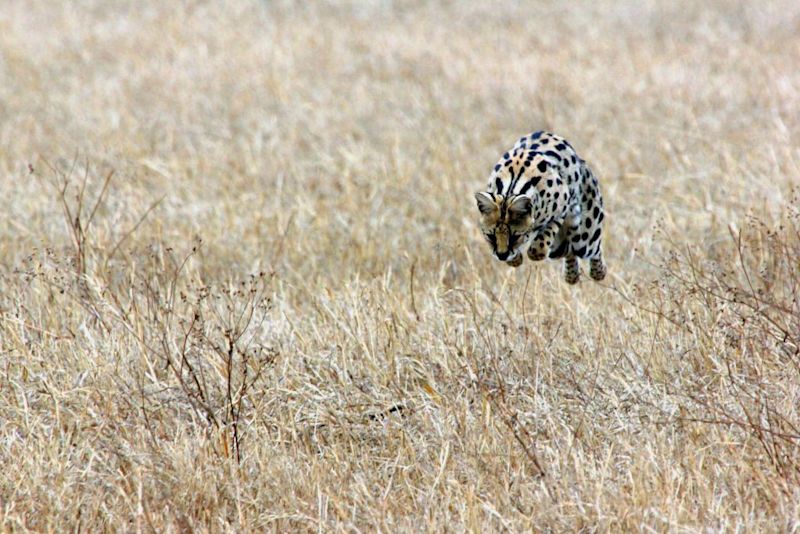
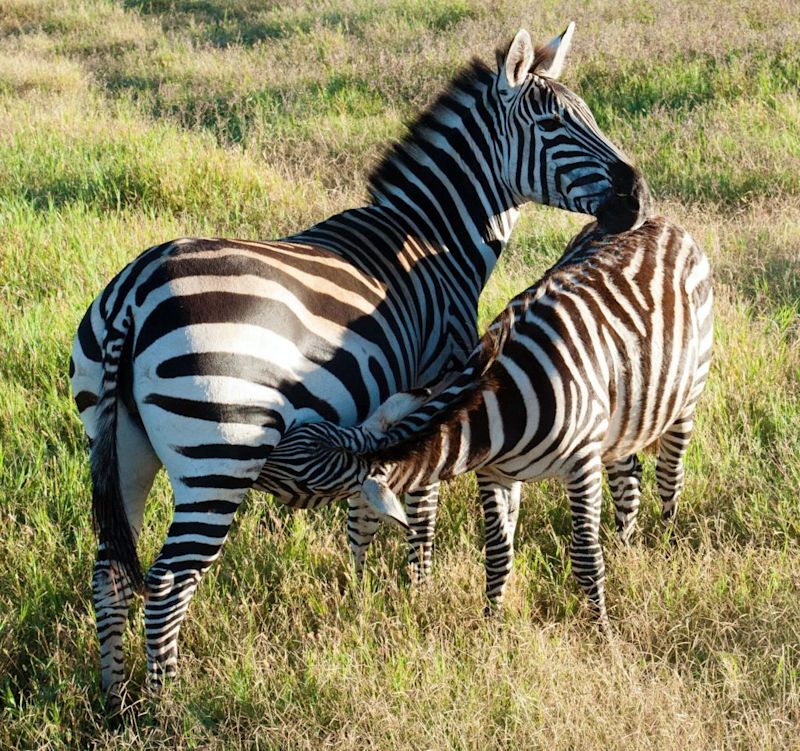
Different animals in different parts of the crater
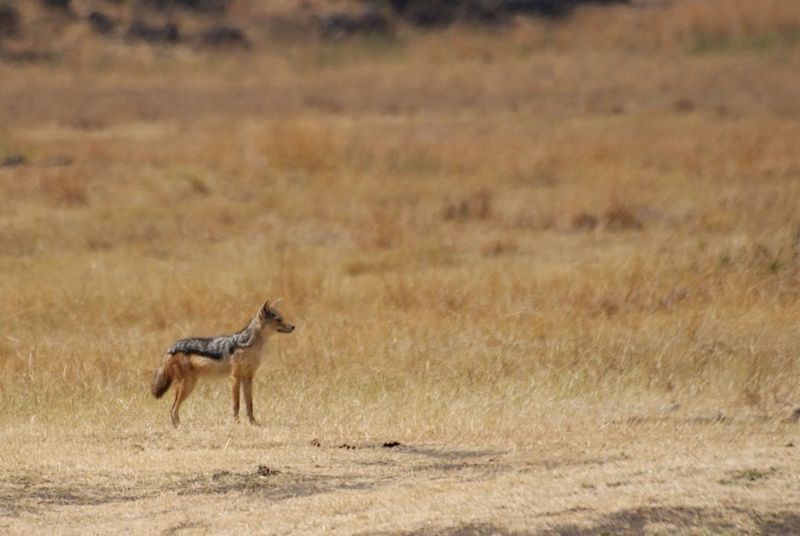
Lake Magadi
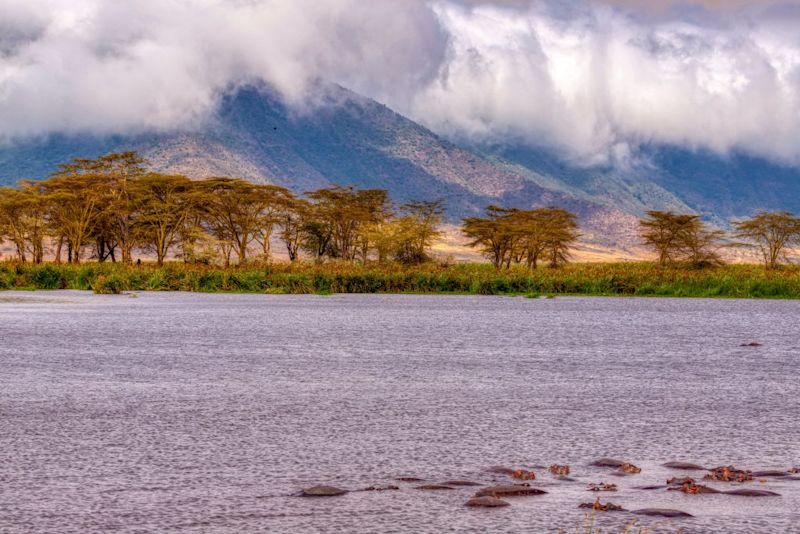
Predatory animals
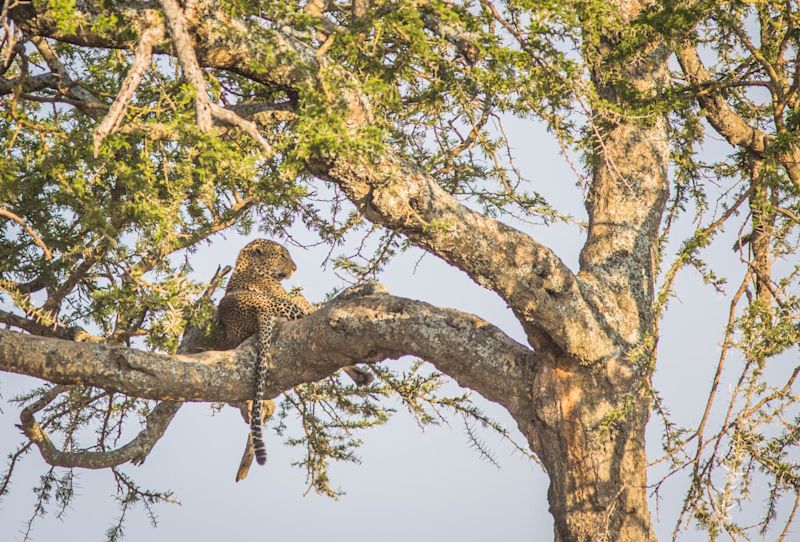
Birdlife
Barbets Bustards Buzzards Chats Cranes Doves Eagles Flycatchers Francolins Hawks Hornbills Kites Lapwings Lesser flamingoes Longclaws Pelicans Ostriches Sparrows Spoonbills Spurfowls Storks Sunbirds Turacos Vultures Weavers Wheatears Widowbirds
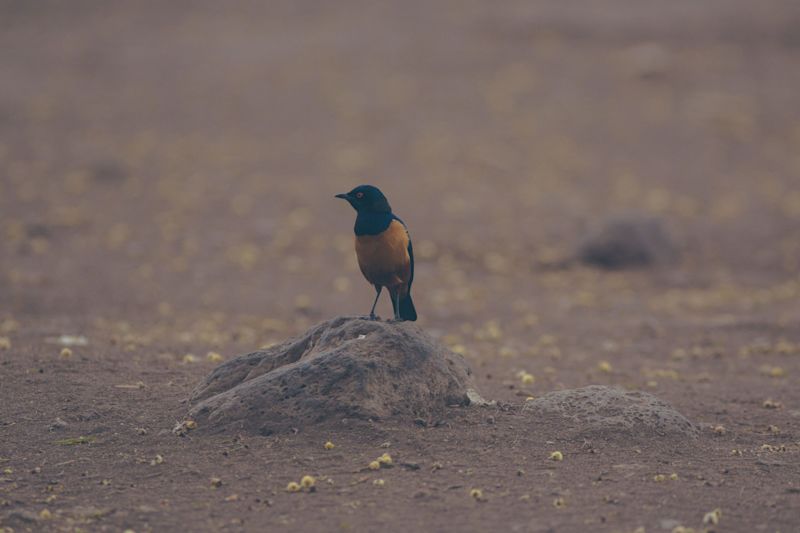
Lake Magadi's flamingo population
Did you know that flamingoes, which eat crustaceans and algae, do a ‘dance’ at mealtime? This is done to loosen the mud.
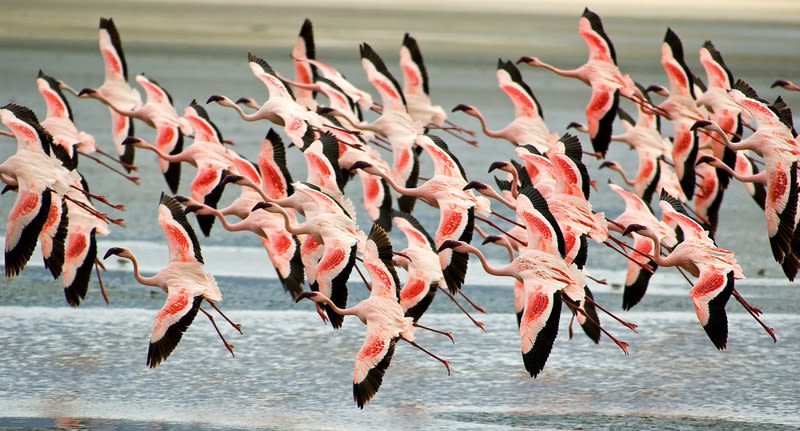
Vegetation
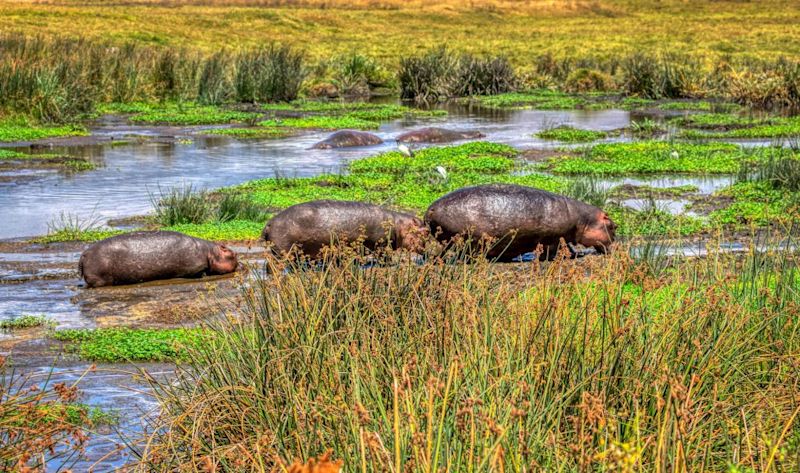
Go on safari in Ngorongoro Crater
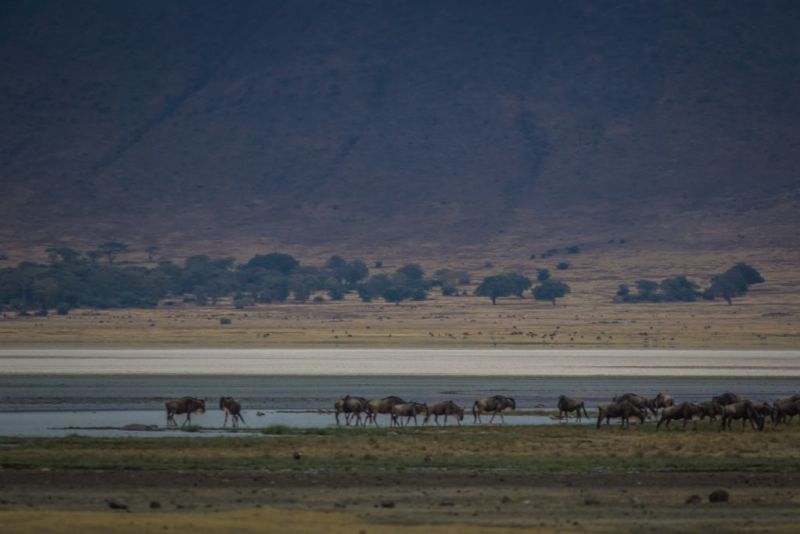
Is it time to get your safari on??
